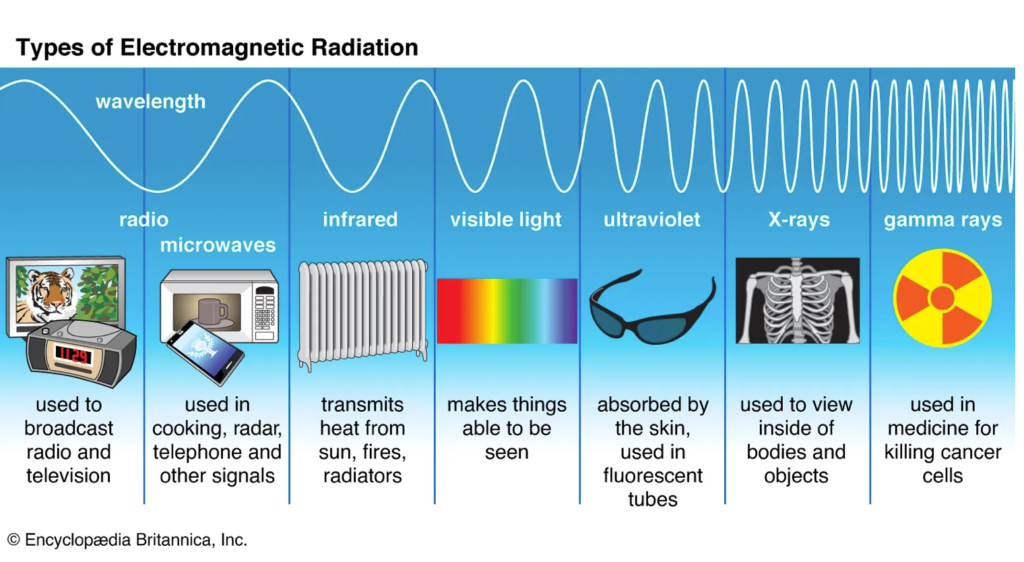What is a CT scan?
CT scan stands for computerised tomography and is an imaging procedure similar to an X-ray. It helps us visualise specific ares of the body in a detailed manner. A unique characteristic of this scan is that it will show each organ, bone and tissue of the body as a thin slice, similar to a bread loaf! The modern day CT machines generates the images in a helix/ spiral fashion instead of taking a series of pictures.
Applications of CT
It is widely used in the diagnosis of a wide range of diseases including cancer. A CT can be used to detect cancer in several different ways including:
- Cancer screening
- Cancer presence
- Stage of the cancer
- Guide for biopsy
- Guidance for localised treatments
- Assist in surgery
- To check for recurrence of cancer
How does a CT scan work?
In CT, a beam of X-rays moves around the patient’s body in a circular manner. This way, one can visualise every single organ in greater detail. The X-ray interpretations are sent to a monitor which displays the image as a two dimensional structure. The X-rays used are a form of ionising radiation.
Electromagnetic spectrum
In order to understand ionising radiation, let us first understand the electromagnetic spectrum.

The above image illustrates the different types of electromagnetic radiation and their sources based on the wavelength. Longer the wavelength, lower is the frequency. Among the different radiations, X-rays and gamma rays are ionising radiation. The rest are non ionising radiation and are relatively less harmful.
What does an ionising radiation do?
This radiation acts by removing an electron from the atoms and molecules from the materials or tissues it constitutes. Intense exposure to ionising radiation can cause skin or tissue damage.
Debunking the myth
Despite several applications of CT in cancer, a lot of them are still worried about the negative effects of ionising radiation of the CT scan on our body. CT involves the use of X-rays, a form of ionising radiation, which is known to cause cancer. However, it must be noted that these routine imaging techniques use a very low levels of ionising radiation and it is a safe method for body imaging. The ionising radiation in a CT scan is slightly higher than that of an X-ray. However, it is still small and will not cause a harmful effect.
Ionising radiation in everyday life
It is not just X-rays and CT scans, but we are being exposed to some level of background ionising radiation in our daily life. Our exposure is mainly from naturally occurring radioactive materials like radon and even radiation from the outer space.
So, to conclude, a CT scan is a safe option that can be used for imaging as very low levels of ionising radiations are used.

Thanks for clearing this out!